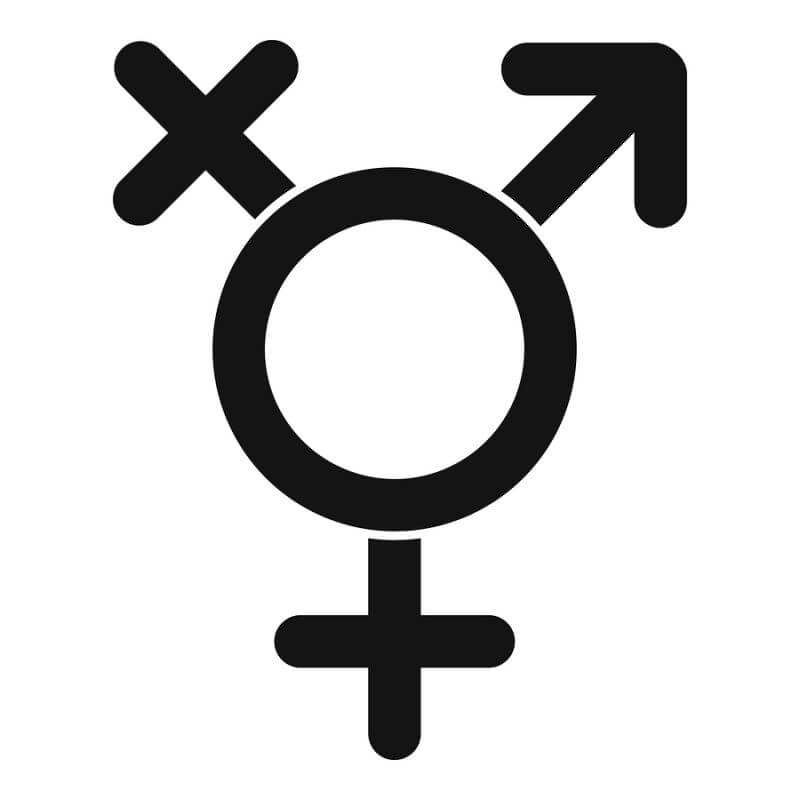
Autism and (trans)gender: dysphoria, ambivalence, and gender fluidity in ASD
People who feel significant gender distress because their gender identity differs from their birth sex have higher than expected rates of autism. This is a growing topic of study and discussion as our acceptance for those with gender dysphoria grows.
What is gender dysphoria?
Gender dysphoria (GD), also known as gender identity disorder (GID) is the condition of distress (or dysphoria) that an individual feels when they do not identify with their birth sex. Many of these individuals go on to become transgender, some adopt the clothing and lifestyle of the opposite sex while maintaining their own gender, and some simply struggle to conform despite their distress.
The effect of high functioning autism on gender orientation
The Autism Europe conference in Edinburgh had research presentations on the topic of gender dysphoria and its connection to high functioning ASD. Dr. Mark Stokes from from La Trobe University in Melbourne Australia spoke about his recent study examining this topic. The results from the international study found a higher percentage of those with ASD have gender distress, ambivalence and/or neutrality.
When compared to controls, individuals with ASD demonstrated significantly higher sexual diversity, reported gender-identities incongruent with their biological sex, and higher gender-dysphoric symptomatology.
The ASD group reported higher rates of asexuality; decreased heterosexual attraction and contact; increased homosexual attraction; ASD females reported higher homosexual contact; and were not concerned with the gender of their romantic partner. ASD individuals who were gender non-conforming reported better relationships with their opposite-sex peers during their schooling years than their gender-conforming peers did. The ASD group reported poorer mental health than controls and belonging to a sexual or gender-diverse group worsened this effect.
Conclusions: Increased non-heterosexuality in ASD may particularly fit predictions from the Extreme Male Brain theory of autism. An androgynous self-concept, gender ambivalence and dissatisfaction with culturally-dictated sex-roles emerged as major themes, which together may permit more fluid sexual-identities.
What is the Extreme Male Brain theory?
The “extreme male brain theory” is a somewhat contentious theory put out by Simon Baron-Cohen, a prominent autism researcher at Cambridge University. Dr. Baron-Cohen proposed the extreme male brain theory of autism, which attempts to explain the remarkable similarities between traits generally associated with human “maleness” and traits associated with the autism spectrum. These traits are listed as the predominance of strength in the areas of maths and spatial reasoning, and detail-oriented processing. The theory also highlights the lack of strengths in what it considers traditionally “female” traits like communication and empathy. One of the contentious areas of this study is that it also relies heavily on the idea that there is a predominance of males with ASD; an idea that has been heavily scrutinized and questioned in the past few years.
Living in the space between the sexes
The connection between ASD and gender dysmorphia has gone relatively unnoticed up until now. In a very good article from Spectrum Magazine that talks about what it feels like to have GD, they found that:
“Between 8 and 10 percent of children and adolescents seen at gender clinics around the world meet the diagnostic criteria for autism, according to studies carried out over the past five years, while roughly 20 percent have autism traits such as impaired social and communication skills or intense focus and attention to detail. Some seek treatment for their gender dysphoria already knowing or suspecting they have autism, but the majority of people in these studies had never sought nor received an autism diagnosis.”
The more awareness we have on this topic the sooner we can offer appropriate testing and support for individuals with ASD, and those who do not identify with the bodies in which they were born.
Resources ( Both of these books can be special ordered through our book store):
Sex, Sexuality and the Autism Spectrum by Wendy Lawson (This book can be special ordered through our bookstore.)
Love, Sex and Long-Term Relationships by Sarah Hendrickx
Editorial Policy: Autism Awareness Centre believes that education is the key to success in assisting individuals who have autism and related disorders. Autism Awareness Centre’s mission is to ensure our extensive autism resource selection features the newest titles available in North America. Note that the information contained on this web site should not be used as a substitute for medical care and advice.
